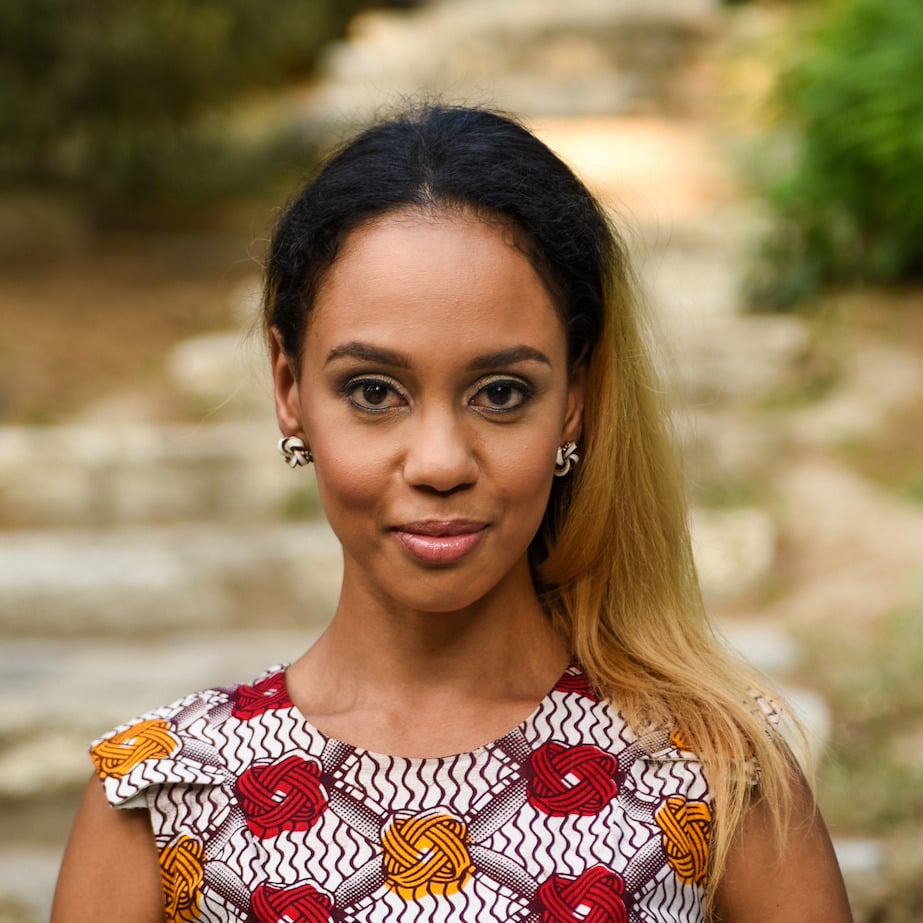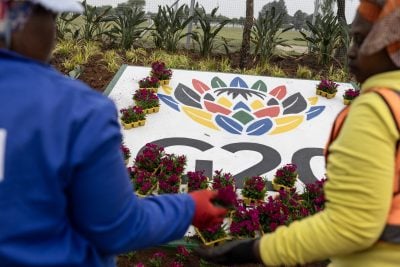This time three years ago, I was in Beijing, China, receiving queries from journalists about whether China would be lending more finance to African countries at the seventh summit of the then 18-year-old Forum on China Africa Cooperation (FOCAC).
As one journalist put it: “Dozens of African countries have accumulated billions in Chinese debt with some said to be in debt distress. Is Beijing likely to cut back on lending to African countries?”
At the time, I was circumspect of both this framing as well as the accusations that China was enticing countries into “debt traps”. Nevertheless, I was not about to take bets. The only point I was sure of was that more finance pledged would be a positive outcome for meeting Africa’s infrastructure deficit gaps, not a negative one.
In the end, at the 2018 meeting China recommitted to a total of $60bn of loans, grants and investment to the continent over the coming three years, the same amount it had committed to at the previous summit in 2015.
Fast forward to three years later and I am having a feeling of déjà vu. I am receiving very similar queries from journalists and others, with some slight shifts in emphasis.

Today, the debt trap language is no longer used – having been thoroughly dissected by leading experts such as Deborah Brautigam. Instead, journalists now bring to the fore the language of African debt distress, particularly given that many African countries have faced significant fiscal challenges from the health and economic impacts of Covid-19.
In addition, a new concern is expressed that China’s economy may be slowing down due to post-Covid internal reforms. Yet China’s growth in 2020 was unexpectedly high, due to the country’s quick Covid recovery.
Others ask whether China’s appetite for loans is decreasing, presenting figures that show China’s estimated loan disbursements to Africa reducing since 2016, often not realising that 2016 was an outlier due to a very large commitment to one country – Angola. Some commentators even suggest that China is now “realising” just how “difficult” and “risky” it is to provide finance to African and other developing countries.
Those of you who read my op-eds will know I find these arguments somewhat specious. There is evidence of unjustified Africa risk premiums in credit ratings and bond issuance, and I have explained in previous columns how debt distress analysis – by design – can exaggerate perceptions of African risk.
Fortunately for African countries in need of both concessional and commercial loans, Chinese stakeholders do not primarily use these ratings to determine their financial decisions. As I have said before in these columns, it is crucial to focus on the quality of what African governments use loans for.
If loans are used for infrastructure that enables citizens to raise their productivity and create new business markets or models – infrastructure such as rail, industrial energy or internet cables – rather than recurrent expenditure, and interest rates are kept low, China and others can expect to get their loans back.
How much will China commit this year?
So what will determine whether China commits another $60bn, less, or more at the forthcoming FOCAC conference, due to be hosted in Senegal in November? Will China make any such commitment at all?
The fact is, FOCAC is quite unique among so-called “Africa plus one” summits. It has generated some of the largest ever financial commitments to African countries on the part of a single country.
It is also unique within similar “China plus others” forums – most others have never involved financial commitments, even though other developing countries do aim to get Chinese loans. While there are other lessons and policy areas to borrow from the other forums, it will be perceived by Africans as a significant negative shift from China if this unique commitment were to now be done away with.
Furthermore, and perhaps more importantly, the factors that drove China to commit $60bn to African countries remain just as persuasive now, if not more so. The Chinese government is aware that African countries aim to become middle income countries, to eradicate poverty, and industrialise. While China currently imports primarily natural resources from African countries, China does not think this development will compete with its long-term economic interests.
China in many ways needs Africa to become the world’s largest manufacturing hub. Wages in China continue to rise, meaning the incentives to offshore labour-intensive manufacturing to cheaper destinations remain. With a growing youth population, providing concessional loans to African governments for the logistical infrastructure to make the Africa hub a reality doesn’t feel like aid, it feels like a good business investment. China’s new 2035 strategy does not imply any change from this view.
Added to this, from an African perspective, infrastructure gaps have unfortunately widened since Covid-19. Digital trade, e-learning and local supply chains are all new needs revealed by Covid-19, all of which require more infrastructure not less. Economic recovery for African countries through strengthened trade and logistics is urgent. And an appropriate climate response also requires investing now in more green and resilient power and transport infrastructure, not less.
All outcomes are up for grabs
Finally, I am circumspect about arguments that China will significantly reduce loan sizes, or shift from lending to direct investment, including by focusing on Public Private Partnerships.
Yes, China is becoming more confident with international PPPs, building on its domestic experience, but many African countries are rightly cautious about applying these to certain sectors due to negative experience from 1980s and 1990s privatisation, and PPPs do take time to design appropriately. China knows from its own growth model that private finance or equity is not a substitute for public debt – it is a complement.
Three years ago, though circumspect, I refused to take bets, which means I will still avoid bets today. But if the past is anything to go by, all outcomes are up for grabs in Dakar. Let’s watch this space together.
Hannah Ryder is the CEO of Development Reimagined, a pioneering African-led international development consultancy based in China.
Want to continue reading? Subscribe today.
You've read all your free articles for this month! Subscribe now to enjoy full access to our content.
Digital Monthly
£8.00 / month
Receive full unlimited access to our articles, opinions, podcasts and more.
Digital Yearly
£70.00 / year
Our best value offer - save £26 and gain access to all of our digital content for an entire year!
 Sign in with Google
Sign in with Google 



